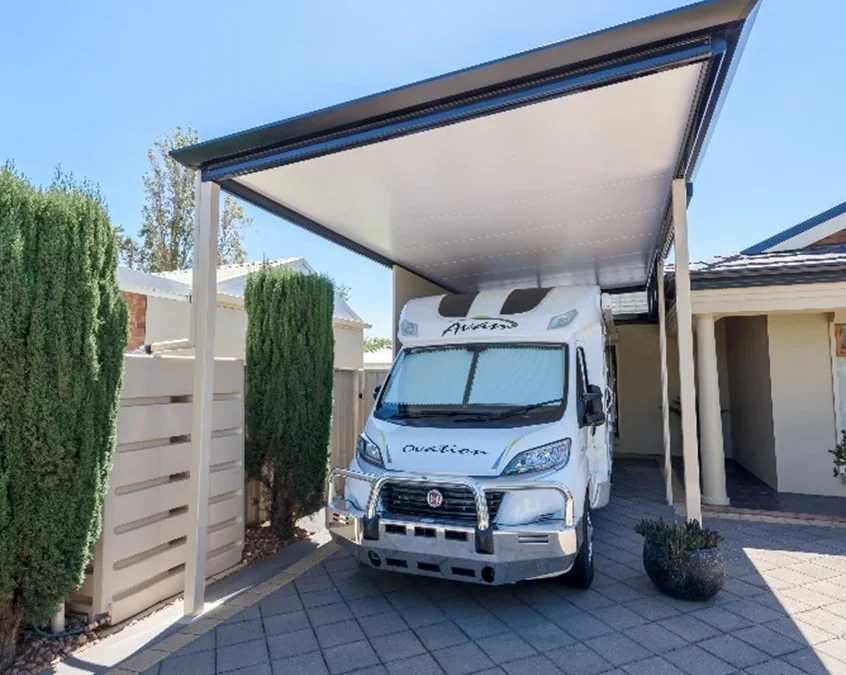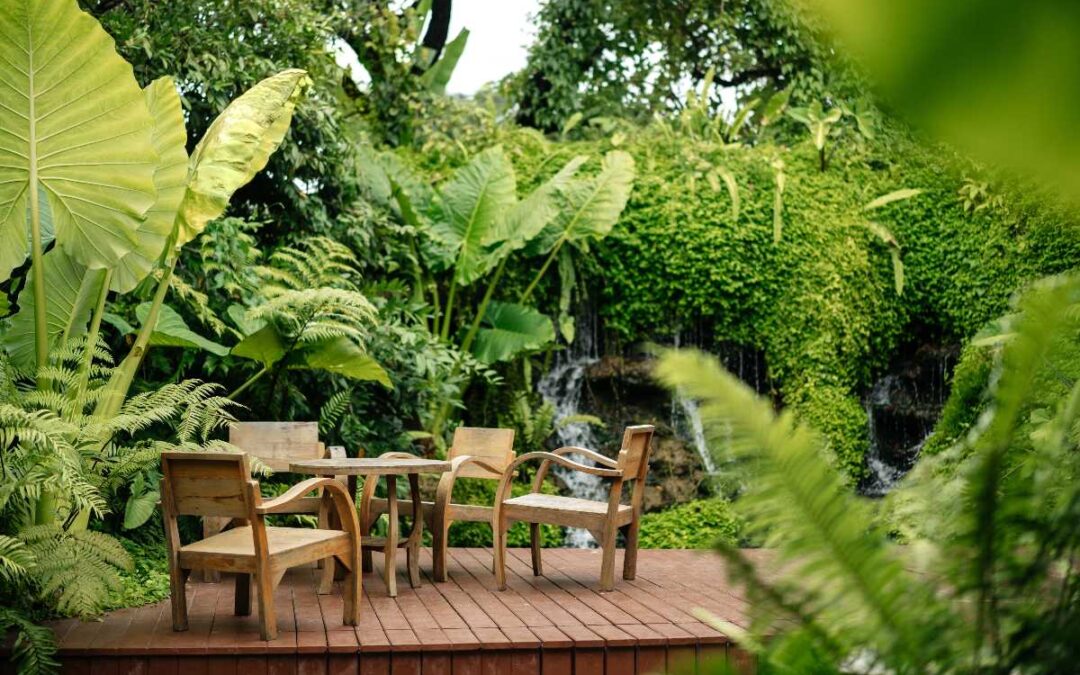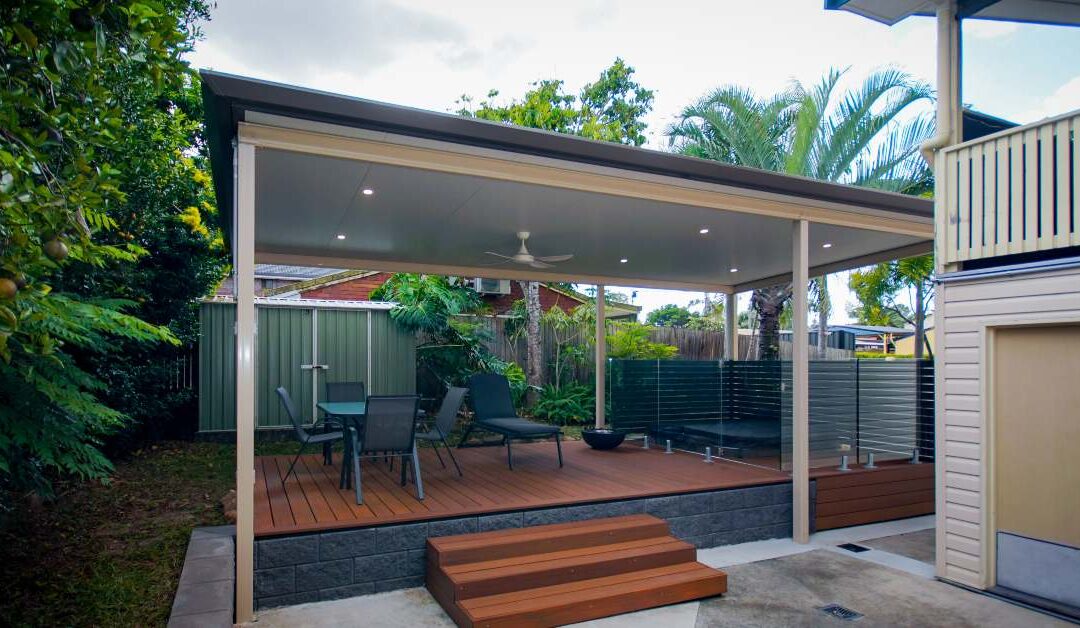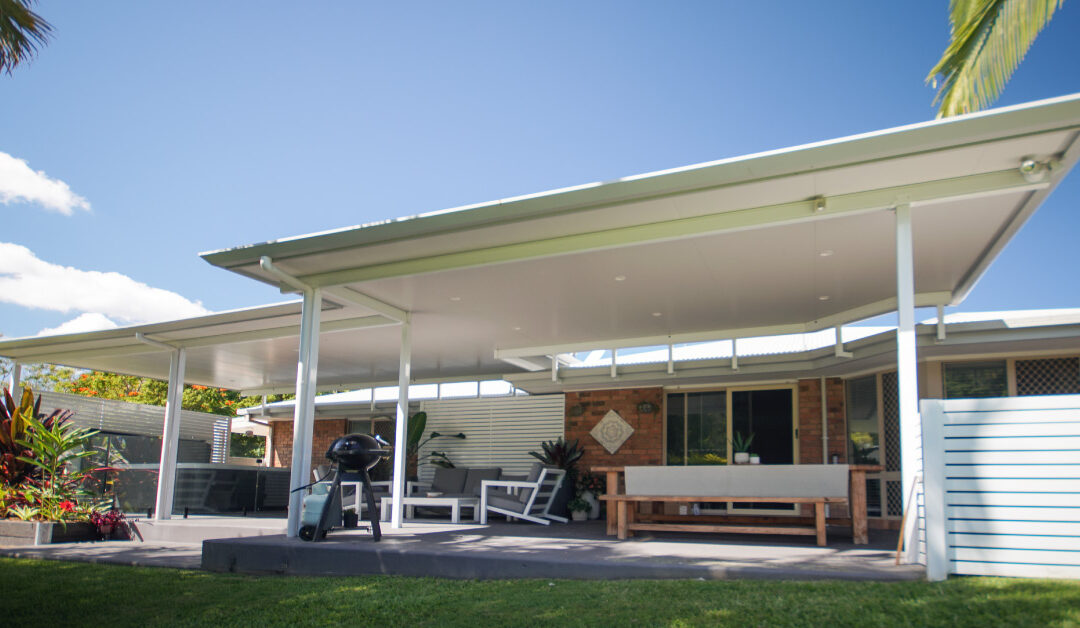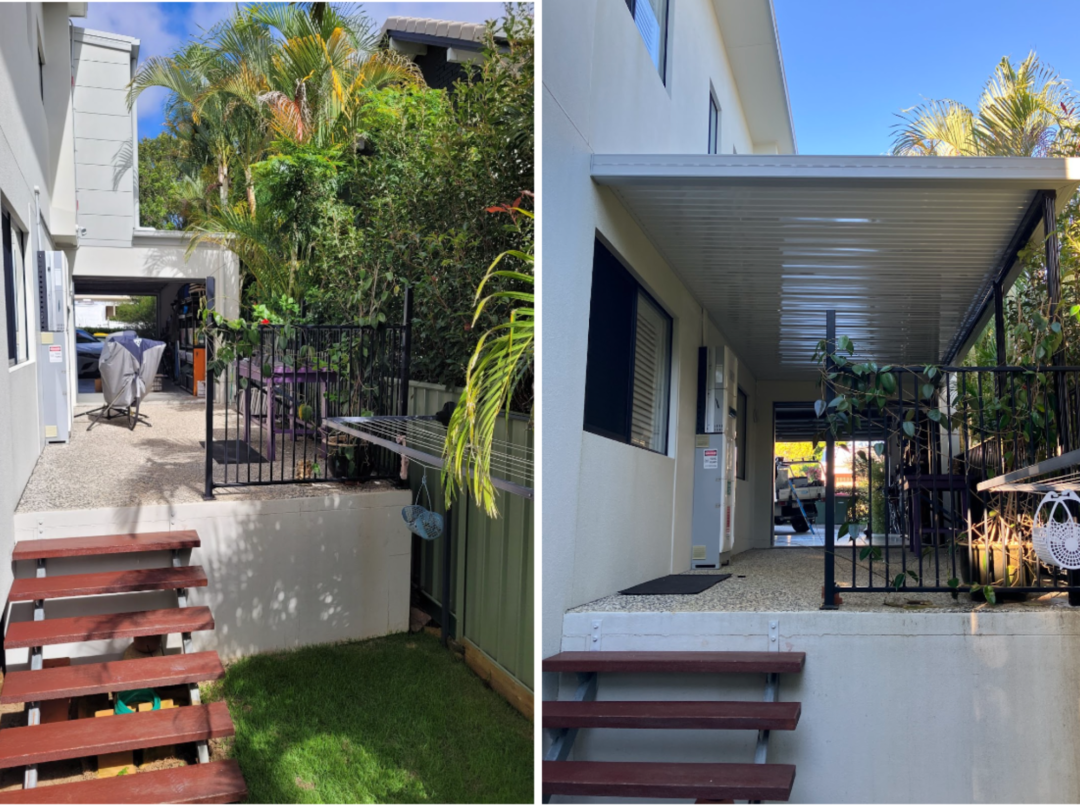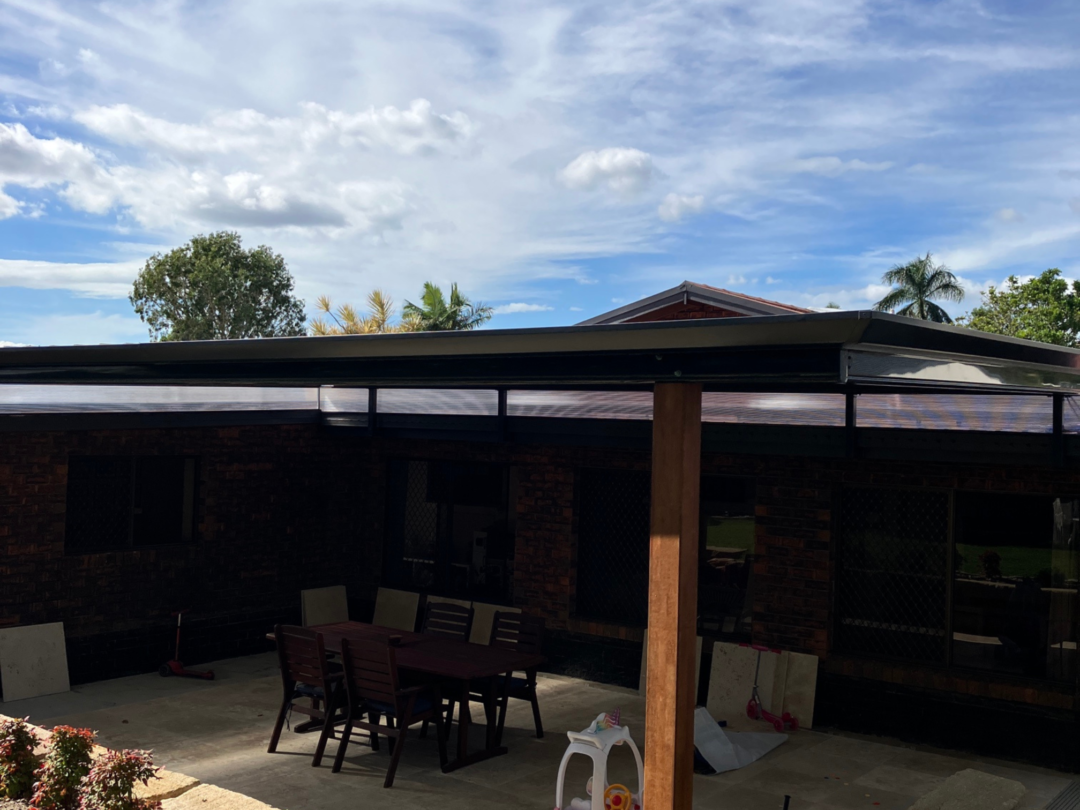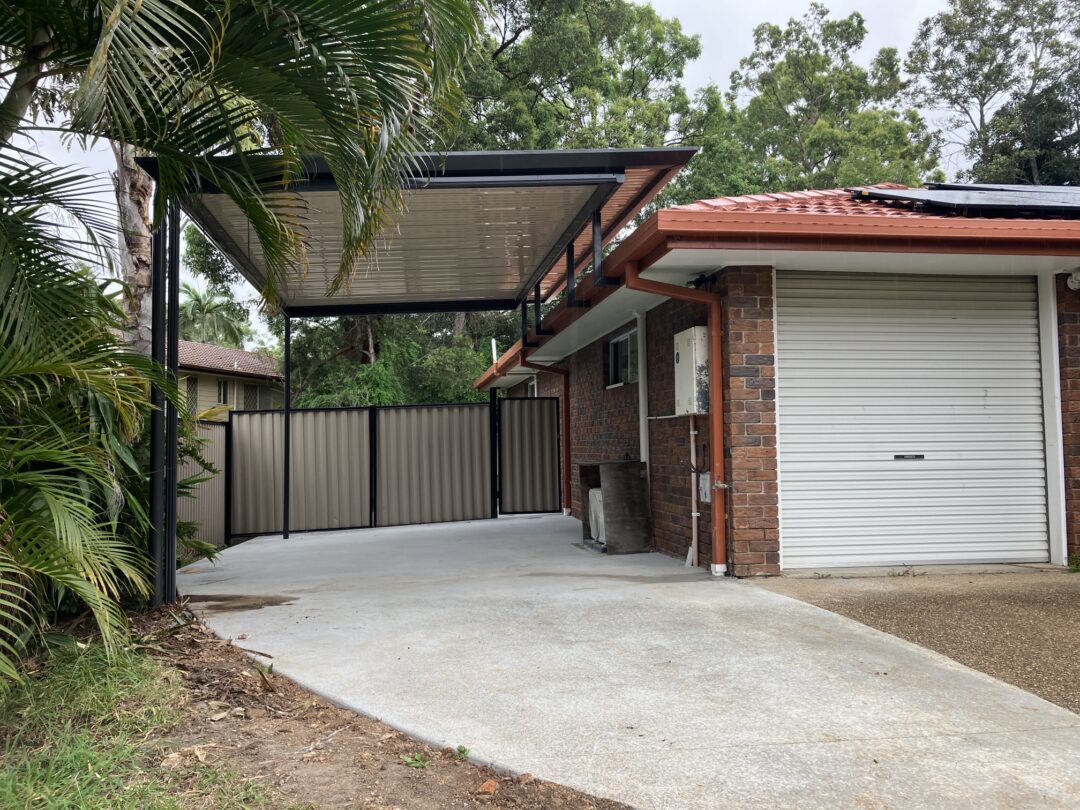How to Extend the Lifespan of Your Patio Furniture: Expert Tips and Tricks
Understanding Patio Furniture Longevity
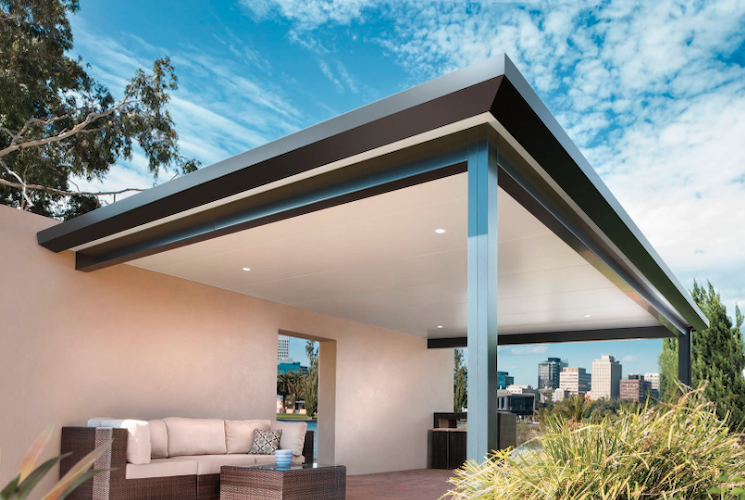
We’ve all seen it before; those dusty chairs and tables that were once brightly coloured and are now bordering on a faded grey. Being outdoors 24/7 is rough on anything, let alone furniture. According to an article by Aura, outdoor furniture is expected to last about 5-10 years in good conditions, while similar indoor furniture items can double that average expectancy, lasting 10-40 years.
Outdoor furniture is often exposed to harsh conditions that can accelerate its aging process. Sunlight, rain, wind, and temperature fluctuations can all contribute to the deterioration of your outdoor furniture. Ultraviolet (UV) rays from the sun can cause fading and weaken the structural integrity of materials like wood, metal, and plastic. Moisture from rain and dew can lead to rust on metal parts and mould or mildew on fabrics. Wind can blow debris that scratches surfaces, while temperature changes can cause materials to expand and contract, leading to cracks and splits.
The easiest way to extend the lifespan of your patio items is to install adequate shade. Stratco patios, flyover patios, and those with insulated roofing play a crucial role in mitigating these effects. These structures provide shade and protection, reducing direct exposure to sunlight and precipitation. This initial barrier can significantly prolong the life of your outdoor furniture. There are many practical strategies to extend the lifespan of your patio furniture, focusing on regular cleaning and protective covers. Patio covers also open you up to a lot of other additions like building an outdoor kitchen, installing an outdoor TV and adding outdoor lighting and cooling features. Still, even with a patio cover, there are some steps that will help you get the most out of your patio furniture.
Regular Cleaning
One of the most effective ways to maintain your patio furniture and extend its lifespan is through regular cleaning. Dirt, debris, and stains can accumulate over time, contributing to the degradation of materials if not promptly addressed. To keep your furniture in top condition, it’s essential to establish a consistent cleaning routine. For routine cleaning, use a mild soap mixed with water and a soft cloth or sponge. This combination is gentle enough to avoid damaging surfaces while effectively removing grime. For tougher stains, a soft brush can help scrub away persistent dirt without scratching or harming the material.
The frequency of cleaning depends on your local environment and how often you use your furniture. In areas with high levels of dust or pollen, or if your furniture is frequently exposed to the elements, a more frequent cleaning schedule may be necessary. Generally, cleaning your furniture every few weeks during the active season is a good practice. This regular maintenance helps prevent buildup that can lead to more significant issues over time, ensuring that your patio furniture remains inviting and in good repair.
Protective Covers

Investing in high-quality protective covers is another essential step in extending the life of your patio furniture. Protective covers act as a shield against various environmental factors, including rain, snow, and excessive sunlight. When not in use, covering your furniture can prevent water from seeping into joints and crevices, reducing the risk of rust and corrosion in metal pieces and preventing wood from warping or rotting. Think of these covers as a sacrificial item that deteriorates so your furniture doesn’t.
When selecting protective covers, it’s important to choose those made from durable, weather-resistant materials. Look for covers that are specifically designed for outdoor use, with features such as reinforced seams and secure fastenings to withstand windy conditions. Custom-fit covers offer the best protection, ensuring that every part of your furniture is adequately covered. Using protective covers not only prolongs the life of your patio furniture but also reduces the amount of cleaning and maintenance needed, making it a practical and efficient solution for preserving your outdoor investment.
By incorporating regular cleaning and protective covers into your patio furniture care routine, you can significantly enhance its durability and appearance. In the following sections, we will explore additional strategies, including proper storage and weatherproofing treatments, to further extend the lifespan of your outdoor furniture.
Avoid Direct Sunlight

Minimising direct sunlight exposure is crucial for preserving the longevity and appearance of your patio furniture. Constant exposure to the sun’s UV rays can cause materials to fade, become brittle, and weaken over time. To mitigate this, strategically place your furniture in shaded areas of your patio or garden. If your outdoor space lacks natural shade, consider using patios or pergolas to provide adequate protection.
Patios are a great option as they provide ample space and shade to protect your furniture. Consider incorporating flyover patios and insulated patio roofing into your outdoor design. These structures provide comprehensive protection against the sun while also improving the aesthetic appeal of your patio. Flyover patios, with their elevated design, allow for better airflow and cooling, which can also help to extend the life of your furniture by reducing heat exposure. SEQ Patios are pros at patio installation, so if this is an option you’re considering, be sure to contact us!
Proper Storage

Proper storage of your patio furniture during off-season or extreme weather conditions is a crucial step in extending its lifespan. While protective covers provide defence against the elements, storing your furniture in a more controlled environment offers the best protection. When winter approaches or if you anticipate a period of non-use, it’s advisable to move your patio furniture to a shed, garage, or basement. These indoor spaces protect against harsh weather, preventing issues like rust, mildew, and material fatigue caused by prolonged exposure to moisture and temperature fluctuations.
Before storing your furniture, ensure it is thoroughly cleaned and completely dry. Any residual dirt or moisture can lead to mould growth and unpleasant odours. Disassemble any pieces that can be easily taken apart to save space and prevent damage during storage. For example, remove cushions and stack them separately in a dry place. If your storage area is prone to dampness, consider using a dehumidifier to maintain a dry environment. Properly storing your patio furniture not only safeguards it during periods of non-use but also ensures that it is ready to be used again in the best possible condition when the season changes.
Weatherproofing Treatments

Applying weatherproofing treatments is another effective method to protect your patio furniture and extend its lifespan. Different materials require different types of treatments to shield them from the elements. For wood furniture, applying a sealant or waterproofing spray can prevent water penetration, which can cause the wood to swell, crack, or rot. Sealants create a barrier that repels moisture while also enhancing the natural beauty of the wood. Depending on the type of wood and the level of exposure, you might need to reapply the sealant every one to two years.
Metal furniture benefits greatly from treatments that prevent rust and corrosion. A rust-resistant primer followed by a weatherproof paint or clear sealant can protect metal surfaces from the damaging effects of moisture and oxidation. For best results, clean the metal thoroughly before applying any treatments to ensure maximum adhesion and effectiveness.
Fabric elements, such as cushions and outdoor pillows, also require special attention. Using fabric protectors that are designed to repel water and resist UV damage can keep them looking fresh and new. These sprays form an invisible shield that helps prevent stains and fading caused by sun exposure. Reapply fabric protectors at the start of each season or after heavy use.
Regular Inspections and Timely Repairs
Regular inspections and timely repairs are vital practices in maintaining the longevity of your patio furniture. By routinely checking your furniture for signs of wear and damage, you can address small issues before they become major problems. Begin by inspecting your furniture at least once a season, focusing on areas that are most susceptible to damage, such as joints, screws, and moving parts.
Look for any signs of rust on metal furniture, cracks in wooden pieces, and fraying or weakening in fabric components. Tighten any loose screws or bolts and replace them if they show signs of corrosion. For wooden furniture, check for splinters, cracks, or loose slats, and address these issues promptly to prevent further deterioration. Metal furniture may require rust removal using a wire brush and the application of a rust-inhibiting primer followed by a fresh coat of paint or sealant. For fabric and cushion components, inspect for any tears, fading, or mildew. Clean or replace cushion covers as needed and apply fabric protectors regularly to maintain their resistance to the elements.
Timely repairs not only extend the life of your patio furniture but also ensure it remains safe and comfortable to use. Addressing these maintenance tasks promptly helps prevent more extensive damage and preserves the structural integrity and appearance of your furniture. This proactive approach, combined with regular cleaning and proper storage, significantly enhances the durability of your outdoor furniture.
Use Furniture Pads
Using furniture pads is an effective way to protect your patio furniture and the surfaces it rests on. Furniture pads, typically made of felt or rubber, are attached to the bottoms of furniture legs to prevent scratching and damage to patio floors and decking. These pads also provide a cushioning effect that can help stabilise your furniture, reducing the risk of accidental tipping or movement.
To install furniture pads, first clean the bottoms of the furniture legs to ensure a strong adhesive bond. Adhesive-backed pads are easy to apply; simply peel off the backing and press the pad firmly onto the leg. For heavier furniture, consider using screw-on pads for additional stability.
So overall…
Maximising the lifespan of your patio furniture requires a combination of regular maintenance, protective measures, and mindful usage. By implementing practices such as regular cleaning, using protective covers, proper storage, and applying weatherproofing treatments, you can significantly enhance the durability and appearance of your outdoor furniture.
Additionally, maintaining cushions, minimising direct sunlight exposure, conducting regular inspections, and making timely repairs are crucial steps in preserving the integrity of your patio pieces. Using furniture pads, ensuring proper usage, and periodically repainting or refinishing further contribute to their longevity.
Investing time and effort into these practices not only protects your furniture but also enhances the overall enjoyment and functionality of your outdoor living space. If you want to add additional shade to protect your outdoor furniture, look no further than SEQ Patios. They will get your outdoor space covered in no time with their quick turnaround and great work ethic. With proper care, your patio furniture can remain a beautiful and durable fixture in your home for many years, providing comfort and style in your outdoor oasis.

